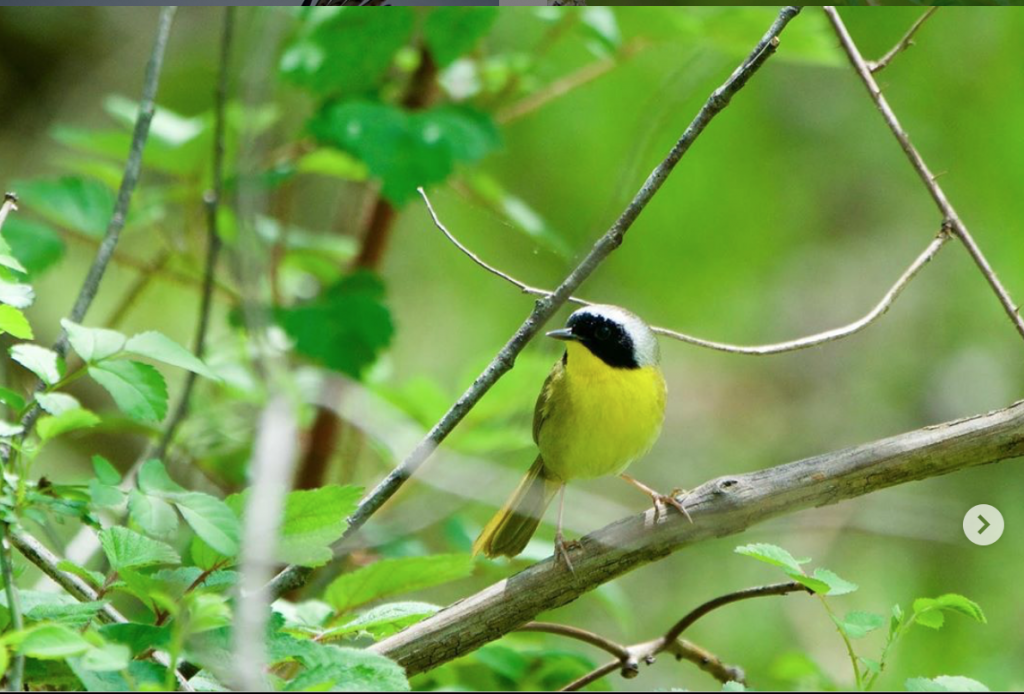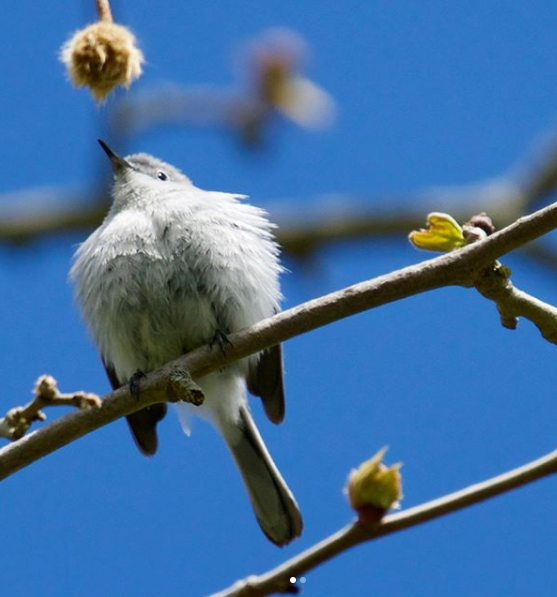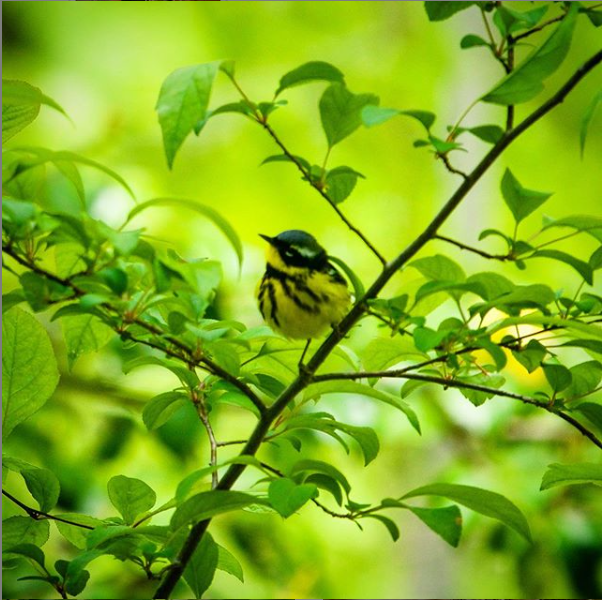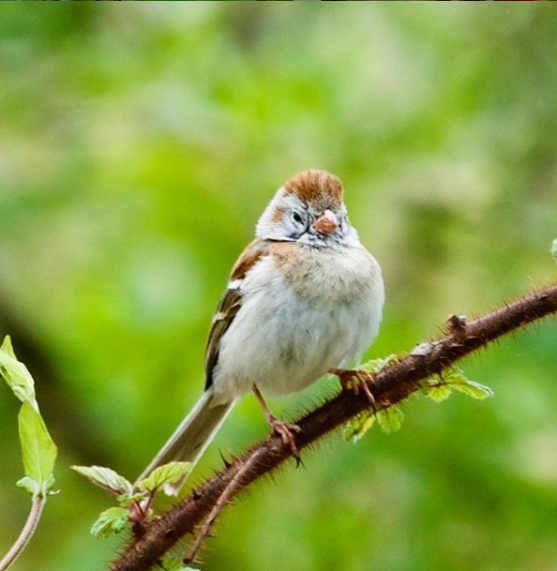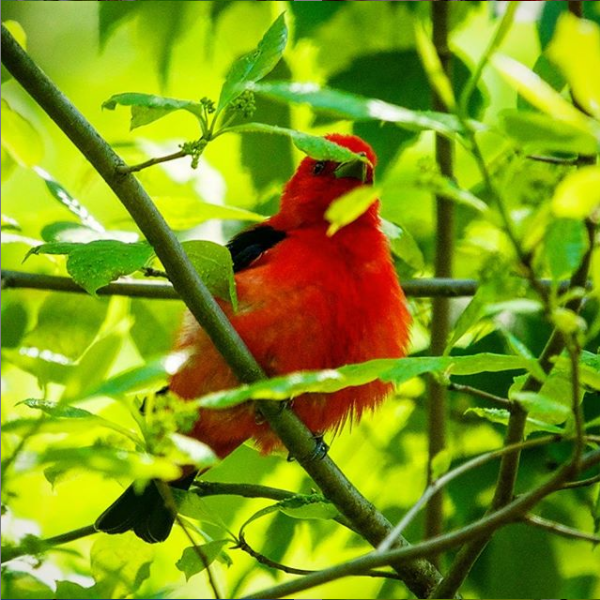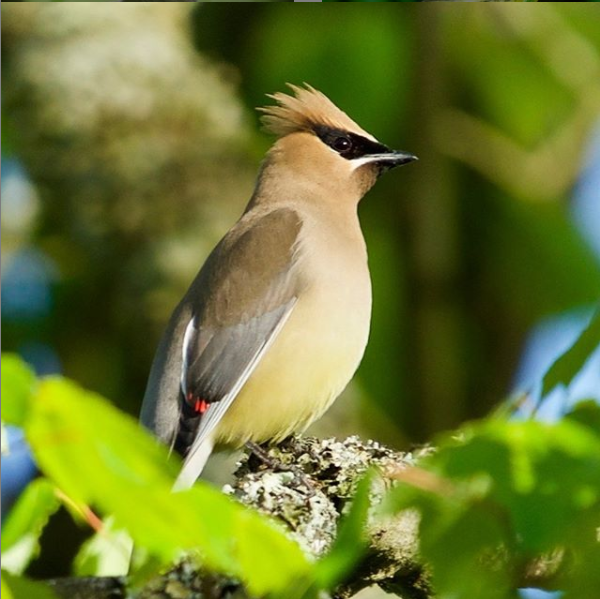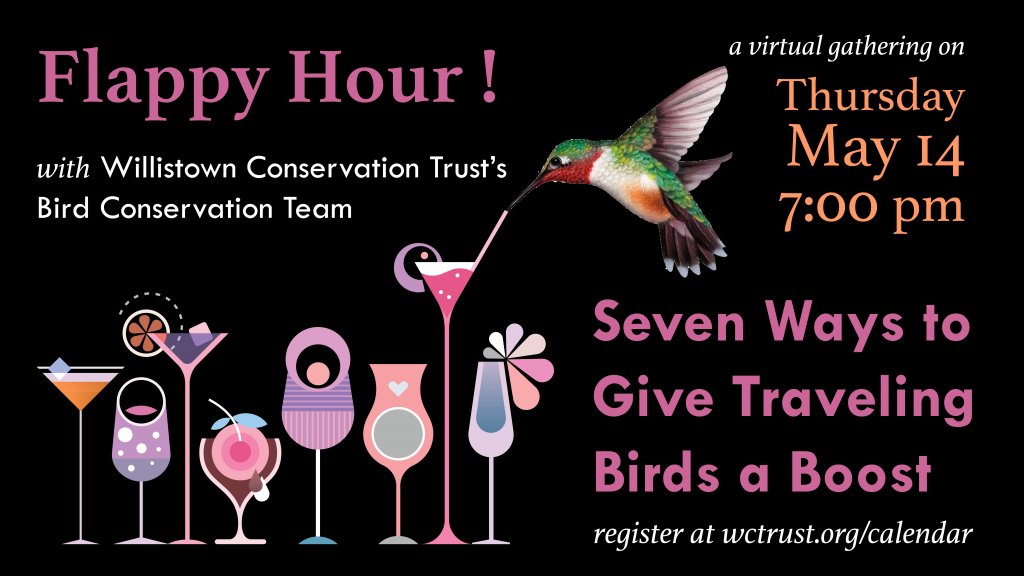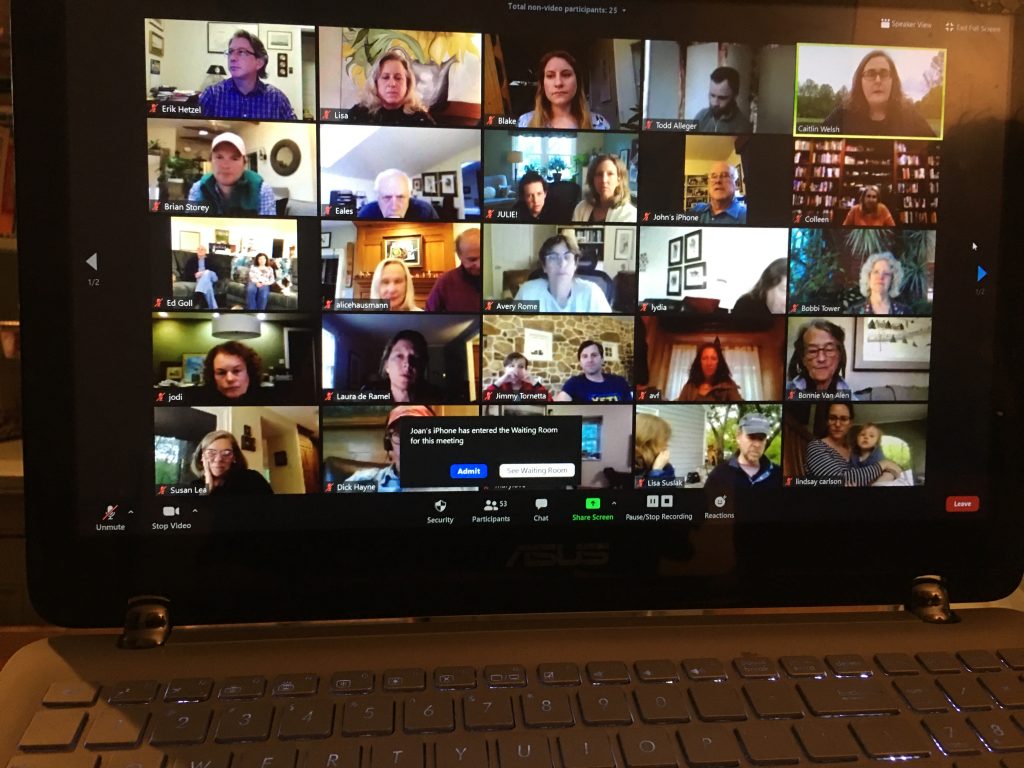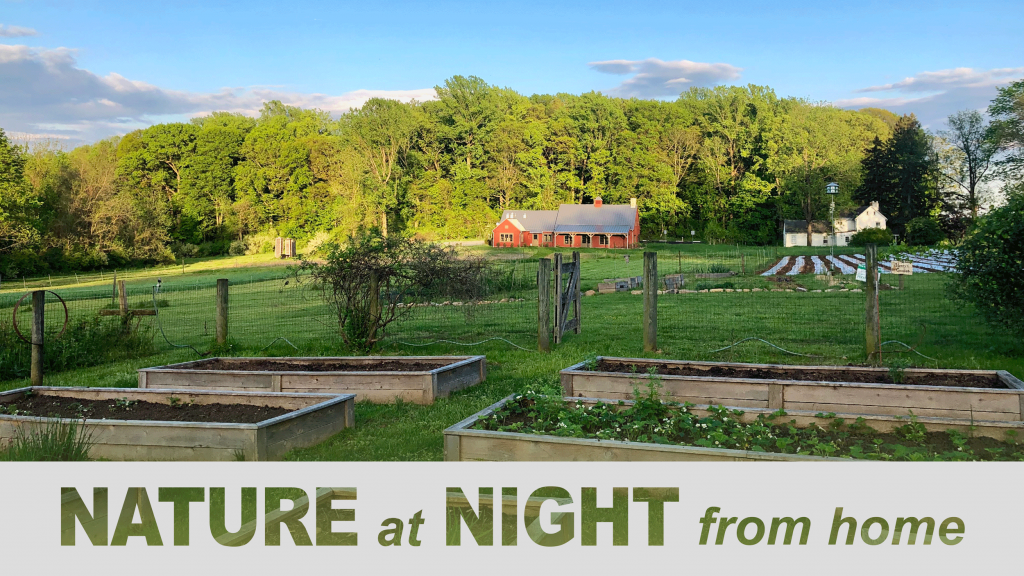
Rejoice with the Staff at Rushton Farm as we celebrate the start to a new season. Hear first hand from the farmers what is going on, and growing, in the fields at Rushton Farm. Get a look at the landscape of newly planted crops at Rushton Farm and get gardening advice for your own plants. Learn how you can promote pollinators and other beneficial insects.
Participants will include Field Manager and beekeeper Noah Gress, Production Manager Molly Clark and Willistown Conservation Trust Community Farm Program Director Fred de Long as well as guests from our field staff. Get a view of the farm from the Rushton Conservation Center and enjoy an hour with the people growing food in concert with the surrounding natural landscape of Rushton Woods Preserve.

